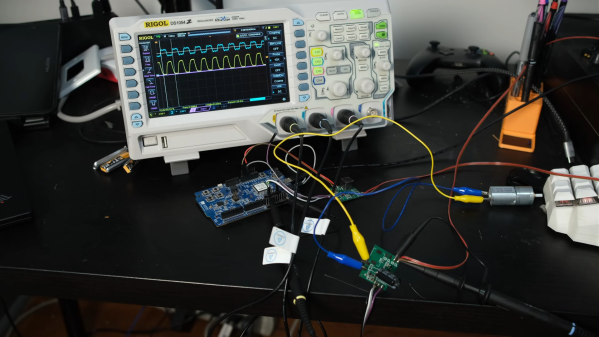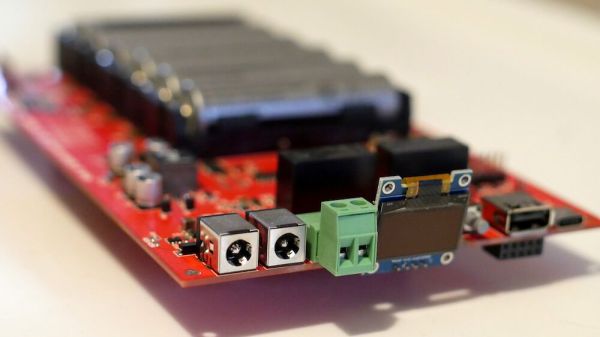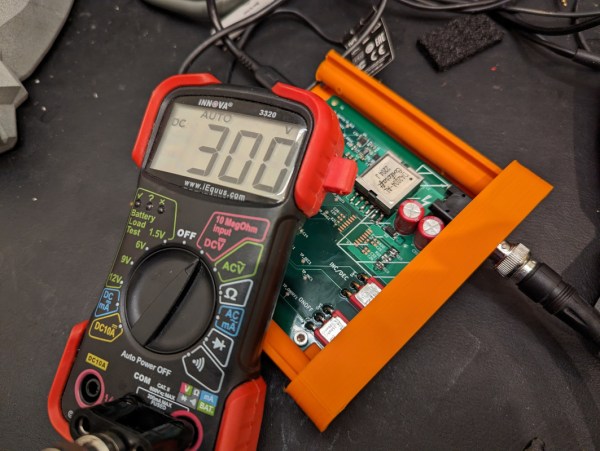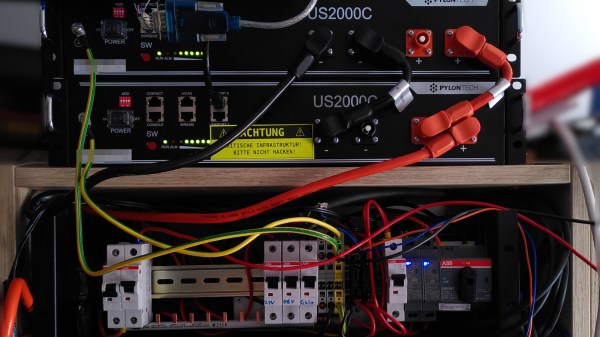When you’re hooking up equipment across a vehicle, you’re often stuck sending power and data to and from things like sensors or actuators. The more wires you have to run, the more hassle, so it’s desirable to get this number as low as possible. That’s an especially big deal in the world of cycling electronics, where every additional gram is considered a drawback. To this end, companies have developed two-wire methods of sending power and data together, and now, [Keith Wakeham] has devised his own way of doing so.
[Keith] was inspired by Shimano’s E-Tube system which is fairly fancy in its encoding schemes, but he went his own way. His concept relied on old-school On-Off Keying methods to take a signal and capacitively couple a signal into power lines. He explains the theory behind the method, and shares schematics that can be used to actually communicate over power lines. Then, he shows off the real hardware that he built to test the concept for himself.
The results? Good! [Keith] was able to maintain speeds of 57,600 bits/second even with an electrically-noisy gear motor operating on the lines. That’s more then enough for all kinds of applications.
If you’ve got your own data-over-powerline hacks, don’t hesitate to let us know. Continue reading “Running Power And Data Over Just Two Wires”


















